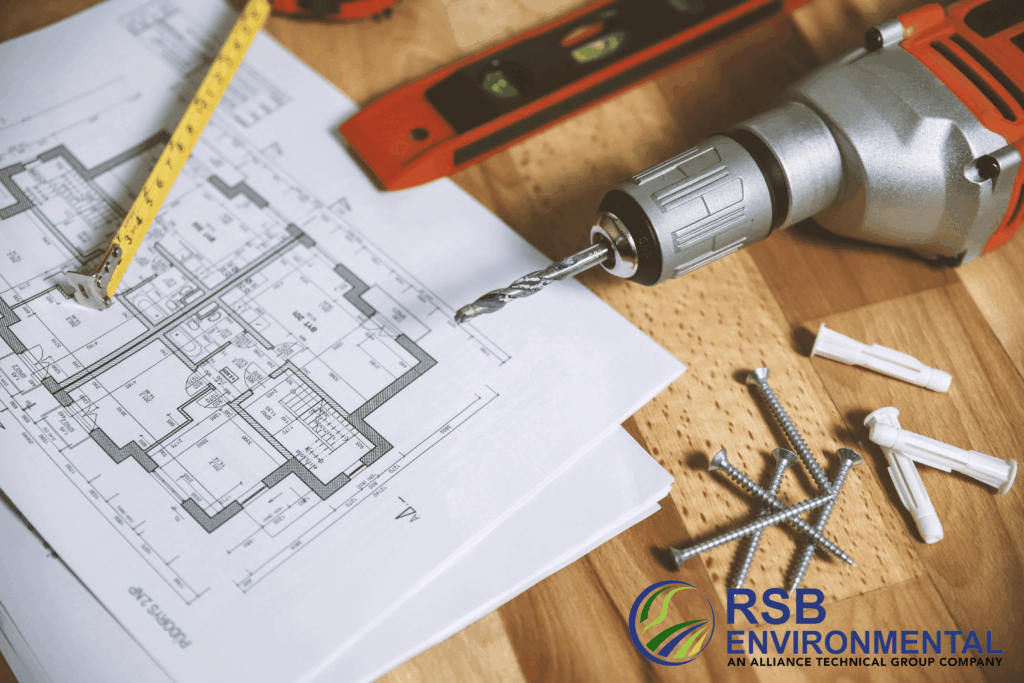Why Phase 1 ESA Is Essential for Property Renovations or Expansions
Renovating or expanding a property often requires more than architectural design and construction planning. One of the most important steps property owners and developers should take before starting improvements is conducting a Phase 1 ESA property renovations review. This assessment ensures that environmental, legal, and safety requirements are addressed early in the project, protecting both current stakeholders and future investments.
Identifying Environmental Conditions Before Development
Renovation or expansion projects can expose hidden environmental concerns. A Phase I ESA provides a structured site analysis that looks into historical records, regulatory maps, and physical inspection results to identify possible contamination. If evidence of hazardous materials, improper land use, or legacy spills is discovered, the findings allow for targeted remediation or additional investigations before construction begins.
Skipping this step can result in costly delays, permit complications, or liability concerns once work is underway. By integrating the ESA process into early planning, project teams reduce risk while ensuring compliance with state and local regulations.
Safeguarding Compliance and Safety in Project Renovations
Every renovation or expansion must align with zoning laws, permit requirements, and environmental compliance standards. A thorough assessment evaluates not only soil and groundwater conditions, but also potential exposure to hazards that could impact worker safety or long-term property use.
The report generated during a Phase 1 ESA documents all assessments, findings, and evidence, serving as a reliable resource for both property owners and regulators. This level of evaluation provides confidence that the project’s design, infrastructure, and management plans meet environmental and safety expectations.
Strengthening Project Planning and Investment Responsibility
For property owners, investors, and clients, a Phase I ESA is a critical step in exercising due diligence. The survey process includes site interviews, research into historical use, and a review of environmental information. These activities support responsible project management by highlighting potential barriers to development or upgrade work.
Without this due diligence, developers could face unforeseen liabilities that affect the value and improvement potential of the property. Integrating the ESA process shows responsibility toward the environment while protecting the financial and operational stability of the project.
Supporting Smooth Renovation and Expansion
Whether the project involves major construction, interior upgrade, or infrastructure improvement, a Phase 1 ESA strengthens overall planning. By addressing environmental requirements upfront, the process helps streamline permit approvals and aligns the project with long-term sustainability goals.
The process results in an organized report that guides decision-making and reduces uncertainty for all stakeholders. Property owners gain clear information about the site, and project leaders can manage risks with greater confidence.
Conclusion
A Phase 1 ESA property renovations review is more than a regulatory formality. It is an essential evaluation that ensures projects proceed with awareness of environmental conditions, potential liability, and compliance requirements. By completing the proper assessments and documenting findings through a professional report, property owners and project teams set the foundation for safe, compliant, and successful renovations or expansions.
Frequently Asked Questions Phase 1 ESA Is Essential for Property Renovations
-
Why is a Phase 1 ESA required before property renovations or expansions?
It ensures environmental conditions are documented, helping property owners avoid hidden contamination, zoning issues, or compliance risks that could impact renovation plans.
-
What does a Phase 1 ESA property renovations assessment include?
It involves site inspection, review of historical records, regulatory maps, and interviews to evaluate possible hazards or evidence of past environmental problems.
-
How does a Phase 1 ESA support renovation permits and approvals?
The report provides documented findings and evidence, which streamline permit applications by showing compliance with local and state requirements.
-
Can a Phase 1 ESA identify risks that affect construction projects?
Yes. The analysis highlights environmental liability, soil and groundwater conditions, and potential safety concerns that may influence design or infrastructure planning.
-
Who is responsible for initiating the Phase I ESA process?
Typically, property owners, developers, or clients are responsible for ordering the survey and ensuring the assessment is completed before renovations begin.
-
Does a Phase 1 ESA delay development or upgrades?
When scheduled early in project management, the process helps prevent delays by identifying risks before construction or improvement work starts.
-
What happens if contamination is discovered during the ESA?
If evidence of hazardous materials or other concerns is found, further investigations or remediation steps may be recommended before moving forward with the project.
-
How does a Phase 1 ESA benefit long-term property investment?
It reduces future liability, provides clear information for planning, and supports safe, compliant property use, protecting both renovation goals and overall investment value.
If you need any assistance with Why Phase 1 ESA Is Essential for Property Renovations and Expansions, please email info@rsbenv.com. We look forward to hearing from you.




